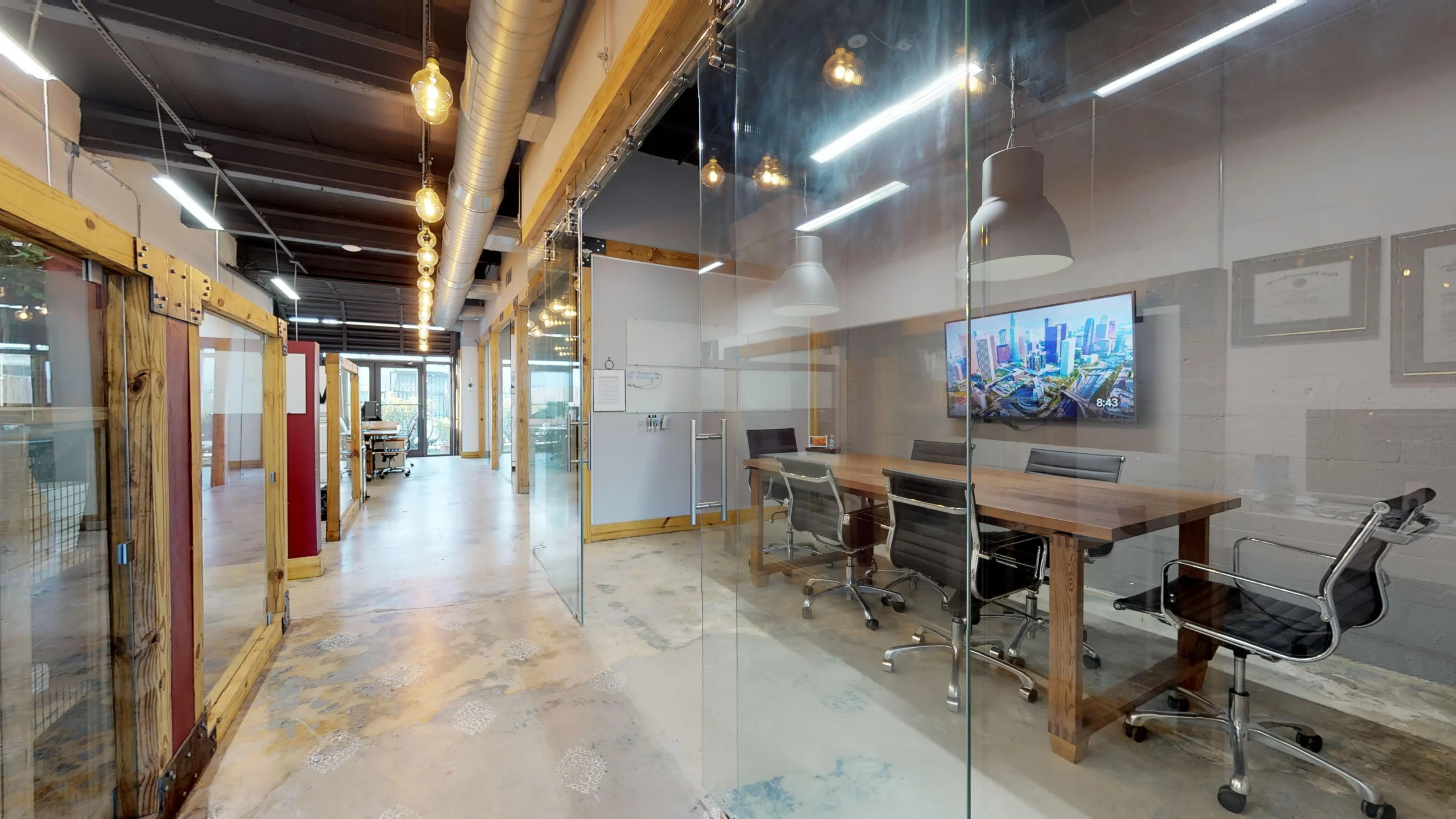Introduction
In today’s digital era, customer expectations have reached unprecedented levels. They seek seamless, personalized experiences without interruptions, no matter which channel they choose. So, how are leading brands integrating the best of both the physical and digital worlds to meet these demands? This is where “phygital” technologies come into play, a revolutionary approach that is changing how businesses interact with their customers.
What Are Phygital Technologies?
Phygital technologies represent the fusion of the physical and digital worlds to create unified and barrier-free experiences. It’s not just about digitizing a store or adding a website; it’s about integrating both worlds to offer an enhanced, cohesive experience throughout the customer journey. From smart stores to augmented reality applications, phygital technologies are designed to seamlessly link the tangible with the virtual in innovative ways.
How Phygital Technologies Impact the Customer Experience
1. Omnichannel Experience
One of the main advantages of phygital technologies is the ability to offer a truly omnichannel shopping experience. This means that customers can interact with a brand across multiple channels without feeling a disconnect. For example, Zara has integrated its physical stores with its digital platform, allowing customers to view real-time inventory, reserve products online, and pick them up in-store. This seamless integration not only simplifies the customer’s life but also increases operational efficiency.
2. Personalization
In a crowded market, personalization has become a key differentiator. By collecting data and integrating physical and digital systems, companies can offer highly personalized experiences. A success story is Sephora, which uses virtual mirrors and mobile apps to help customers try and personalize products before purchasing them. This combination of the physical and digital not only enhances the shopping experience but also fosters greater customer loyalty.
3. Interactivity
Phygital technologies allow customers to interact with products and services in more immersive ways. A standout example is the augmented reality app “Ikea Place,” which lets users visualize how furniture would look in their homes before making a purchase. This type of interactivity not only makes the shopping process more fun but also reduces the risk of post-purchase dissatisfaction.
4. Operational Efficiency
The integration of physical and digital systems not only improves the customer experience but also optimizes internal business processes. From inventory management to logistics and customer service, phygital technologies can make everything run more efficiently. Amazon Go is a perfect example of this. Their cashierless stores use sensors and tracking technology to let customers grab what they need and leave the store without going through checkout, saving time and reducing friction.
5. Data Analytics
Data analytics is a key component of the phygital approach. By collecting data through physical and digital channels, companies can gain valuable insights into customer behavior and preferences. For example, Lowe‘s uses in-store sensors to better understand customer behavior and optimize product layouts. This data-driven intelligence not only improves the customer experience but also drives business growth.
Examples of Phygital Technologies
Here are some common phygital technologies that are transforming the customer experience:
- Augmented and virtual reality: Facilitate the visualization and trial of products before purchase.
- Smart stores: Equipped with sensors and real-time analytics to improve operational efficiency.
- Connected mobile apps: Allow customers to interact more efficiently with the physical store.
- Voice interactions and chatbots: Provide instant assistance both online and in-store.
- Contactless payment systems: Make transactions faster and more secure.
- Product tagging and tracking technology: Improves inventory accuracy and customer experience.
Conclusion
Phygital technologies are redefining how businesses connect with their customers. By combining the best of the physical and digital worlds, organizations can offer more personalized, interactive, and efficient experiences, leading to greater customer satisfaction and loyalty.
Is your company already taking full advantage of phygital technologies? If you haven’t made the leap yet, now is the time. Some key actions you can take include:
- Evaluate your current processes: Identify opportunities where phygital integration can enhance the customer experience.
- Explore new technologies: Research and test solutions like augmented reality and contactless payment systems.
- Train your team: Ensure your team is up-to-date on the latest trends and practices in phygital technology.
- Analyze data: Use the data collected to make more informed decisions and continuously optimize your offerings.
Implementing phygital solutions could be the change your company needs to stand out in a competitive market. Now is the time to take the next step and transform the customer experience!




